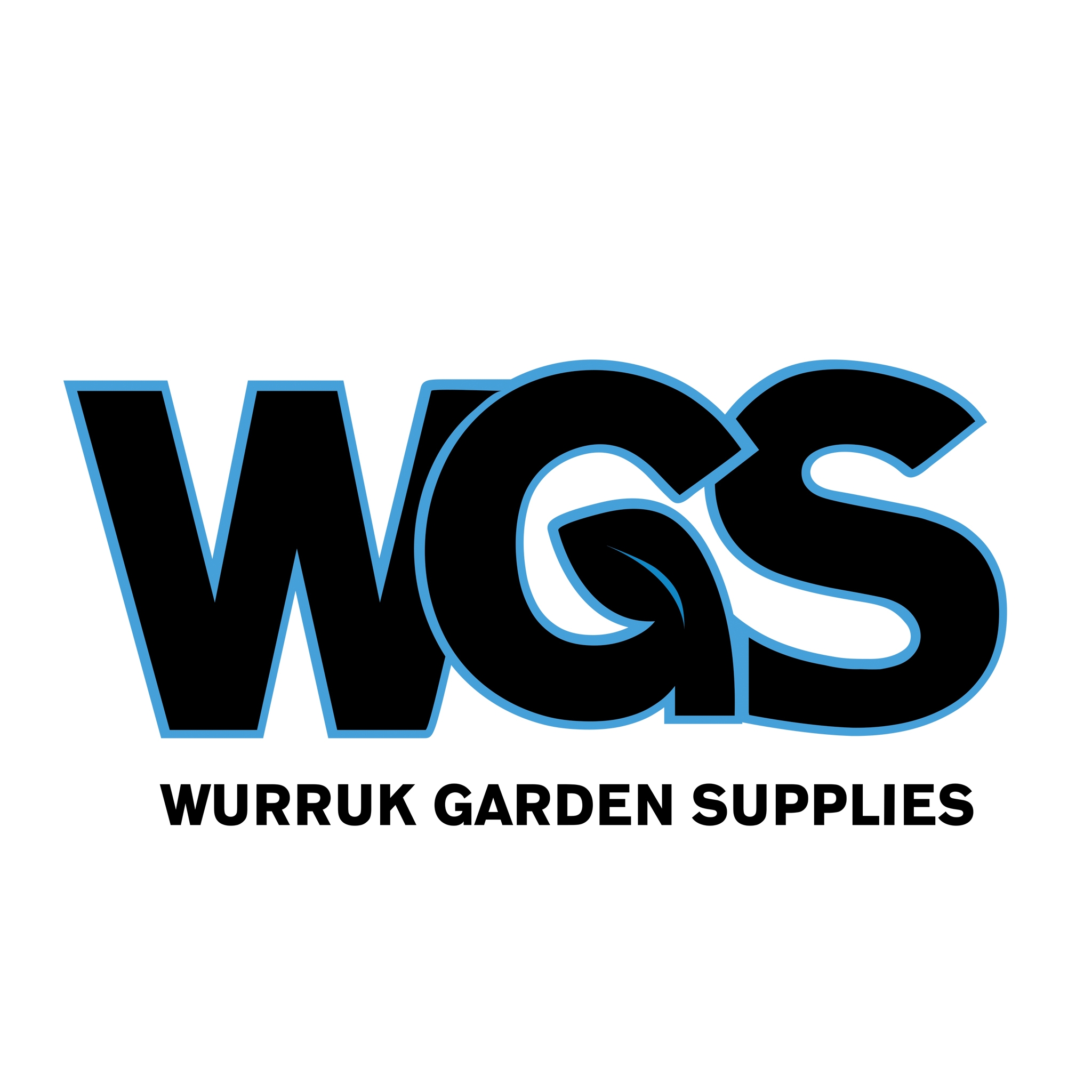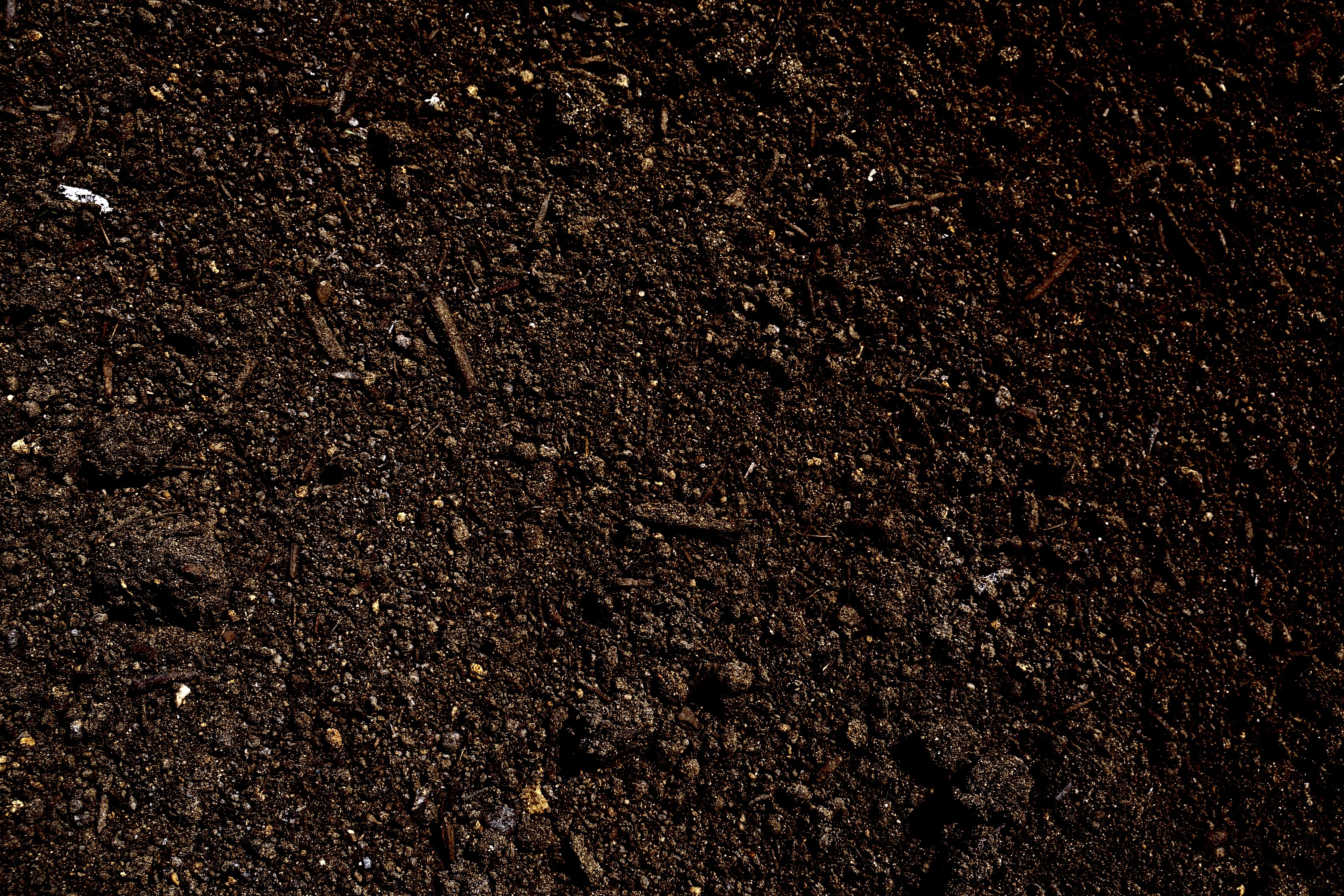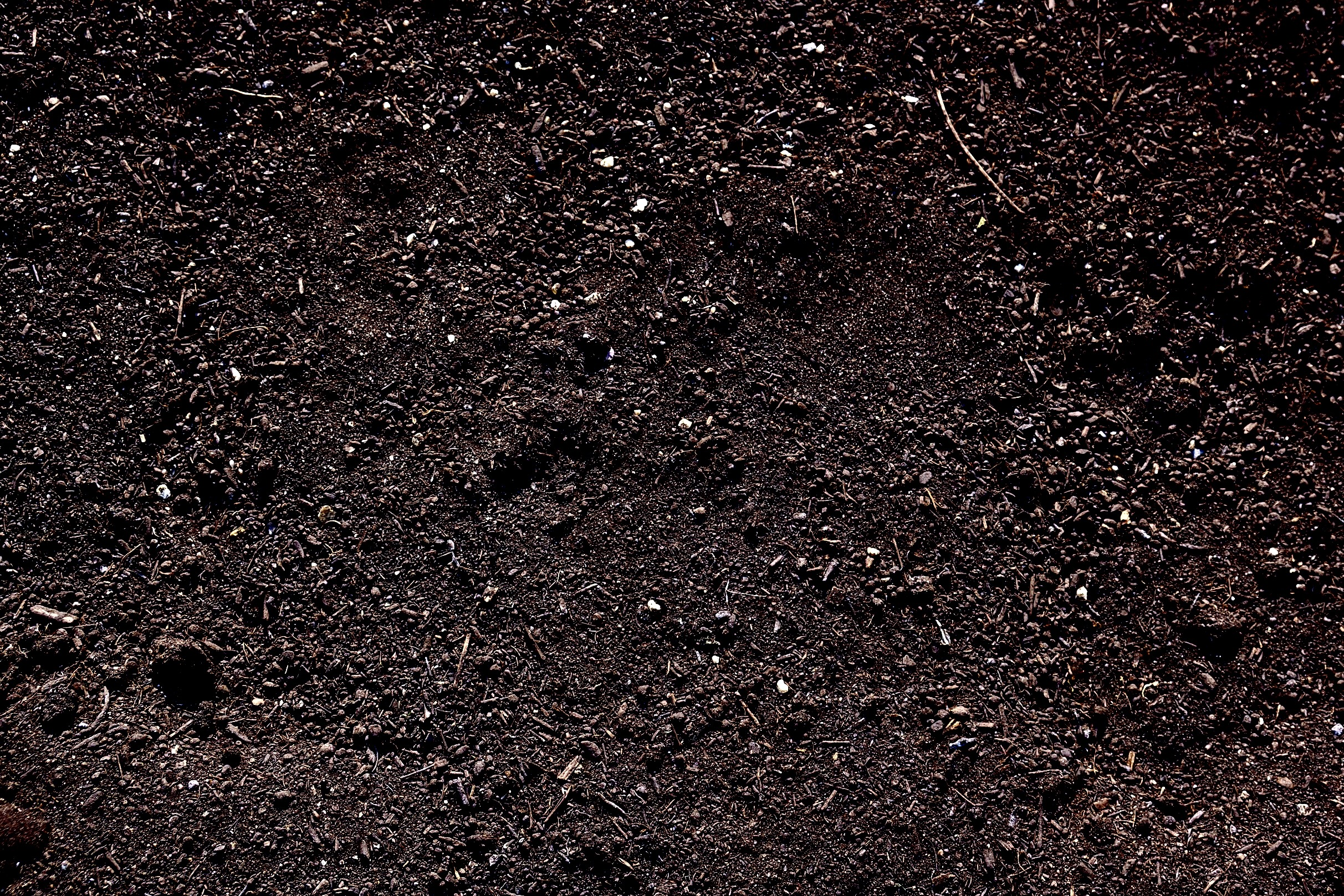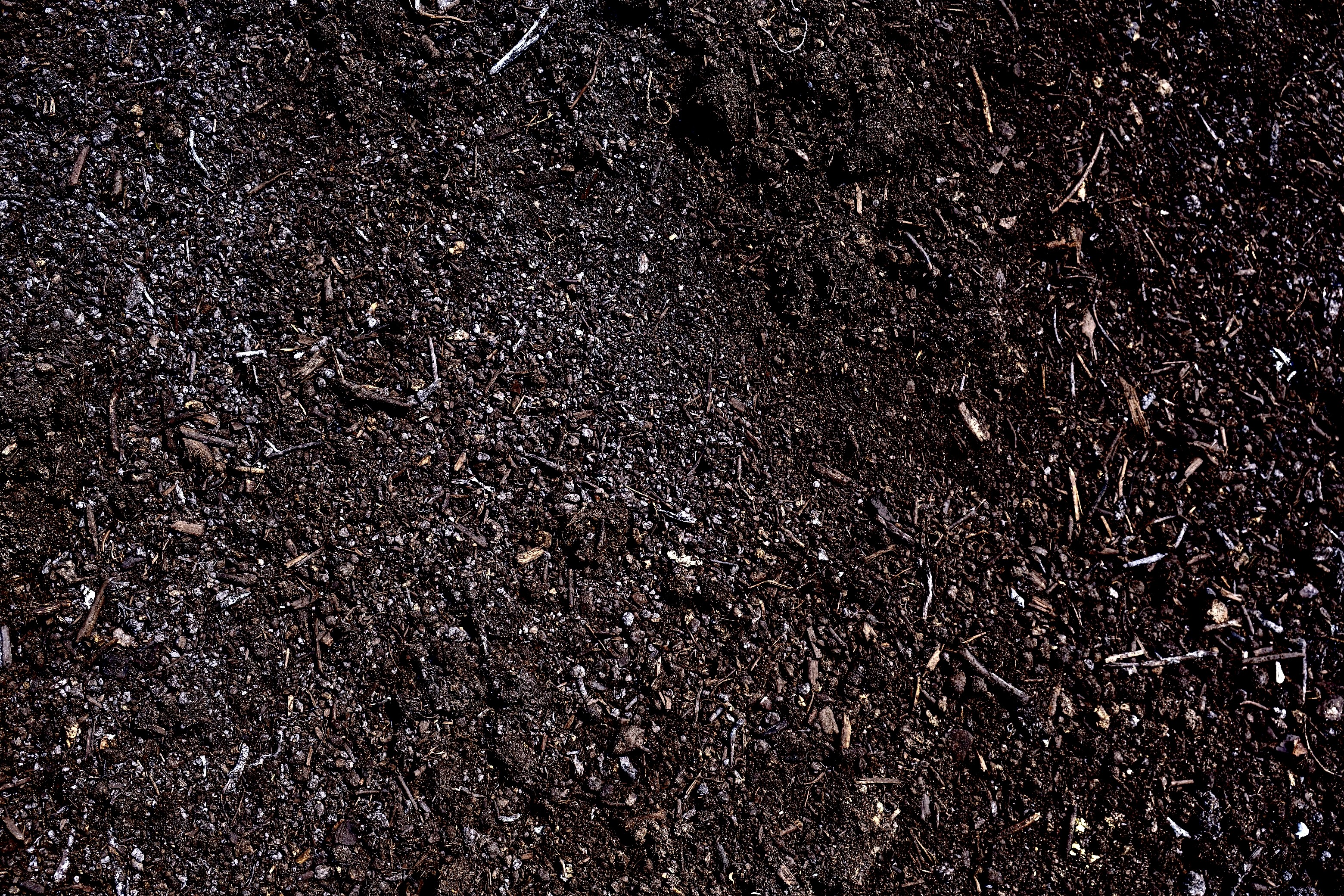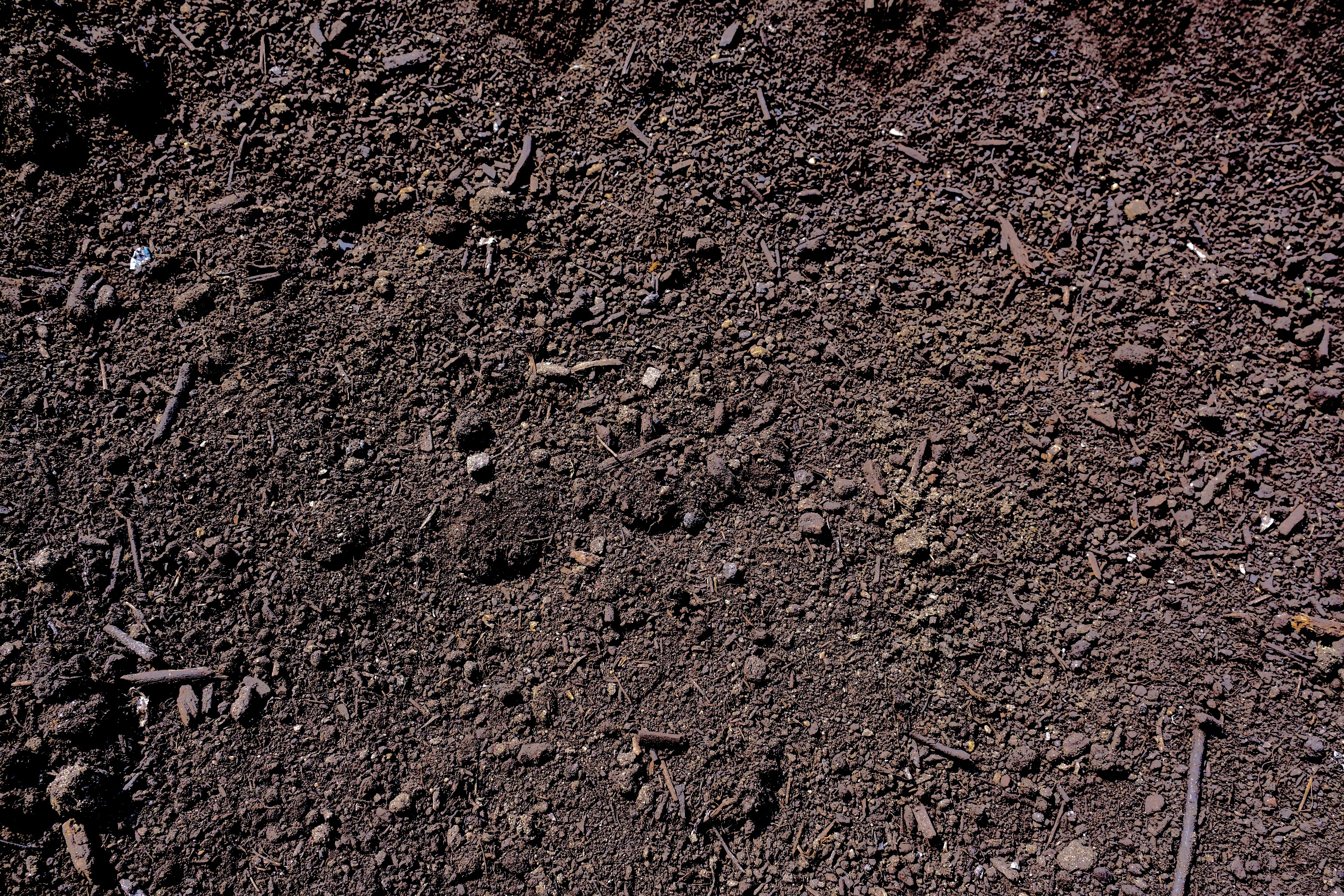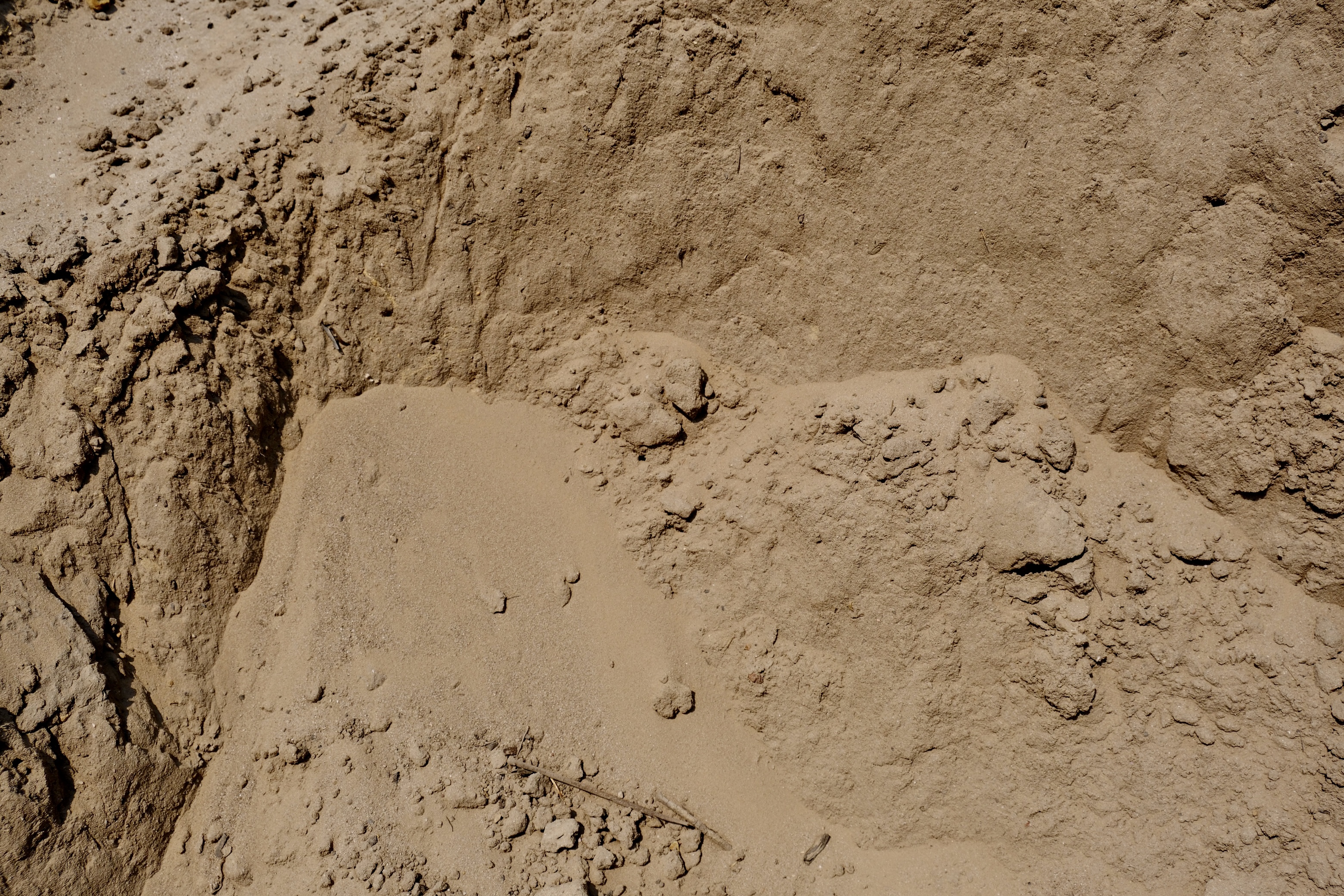Address: 62-66 Wurruk Way, Wurruk
Soils
Roll up your sleeves— it's time to get dirty!

Wurruk Garden Supplies is rated 4.5 stars
Frequently Asked Questions
1. What is Topsoil?
Topsoil is the upper layer of soil, usually the first 10-30cm, where most plant roots grow. Our topsoil is rich in organic matter, well-screened, and free from contaminants, making it ideal for garden beds, new lawns, and landscaping projects.
It improves soil structure, retains moisture, and supplies essential nutrients to support strong root development.
2. What type of soil is best for my garden?
The best soil depends on what you're growing. Loamy soil, a mix of sand, silt, and clay, is ideal for most plants as it retains moisture while draining well. For veggies, nutrient-rich soil with compost is best, while succulents prefer sandy, free-draining soil. A soil test can help determine if any amendments are needed.
3. How can I improve poor-quality soil?
Adding organic matter like compost, manure, or mulch improves soil structure, nutrients, and water retention. If your soil is too sandy, organic matter helps hold moisture. For heavy clay, gypsum and compost improve drainage and aeration. Regular aeration and crop rotation also maintain soil health.
4. Do I need to fertilize if I use quality soil?
Even quality soil loses nutrients over time as plants absorb them. Organic compost or fertilizers help replenish essential nutrients like nitrogen and phosphorus. Regular soil testing can guide what’s needed to keep plants healthy.
5. How can I improve poor-quality soil?
Yes, but it needs refreshing with compost and nutrients. Over time, soil becomes compacted and depleted, so adding organic matter, rotating crops, and using natural amendments like worm castings keeps it fertile.
6. What’s the difference between Topsoil and Garden soil?
Topsoil is the uppermost layer of soil and may lack nutrients, while garden soil is enriched with compost and organic matter for better plant growth. Topsoil is great for landscaping or lawns, but for gardens, enriched soil is the better choice.
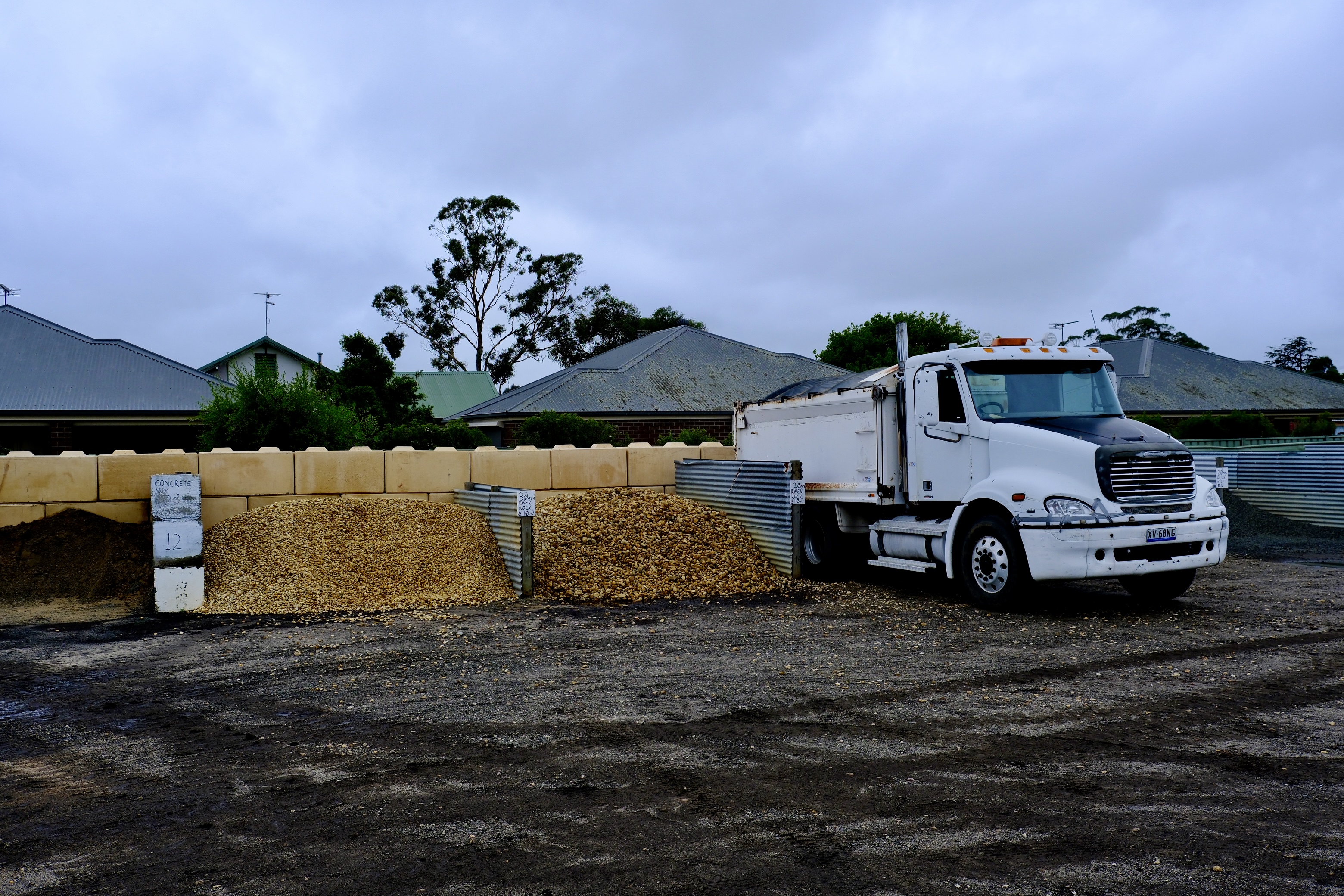

We build strong partnerships with builders, landscapers, and suppliers.
Find out how to become a trade partner with Wurruk Garden Supplies.

We build strong partnerships with builders, landscapers, and suppliers.
Find out how to become a trade partner with Wurruk Garden Supplies.
